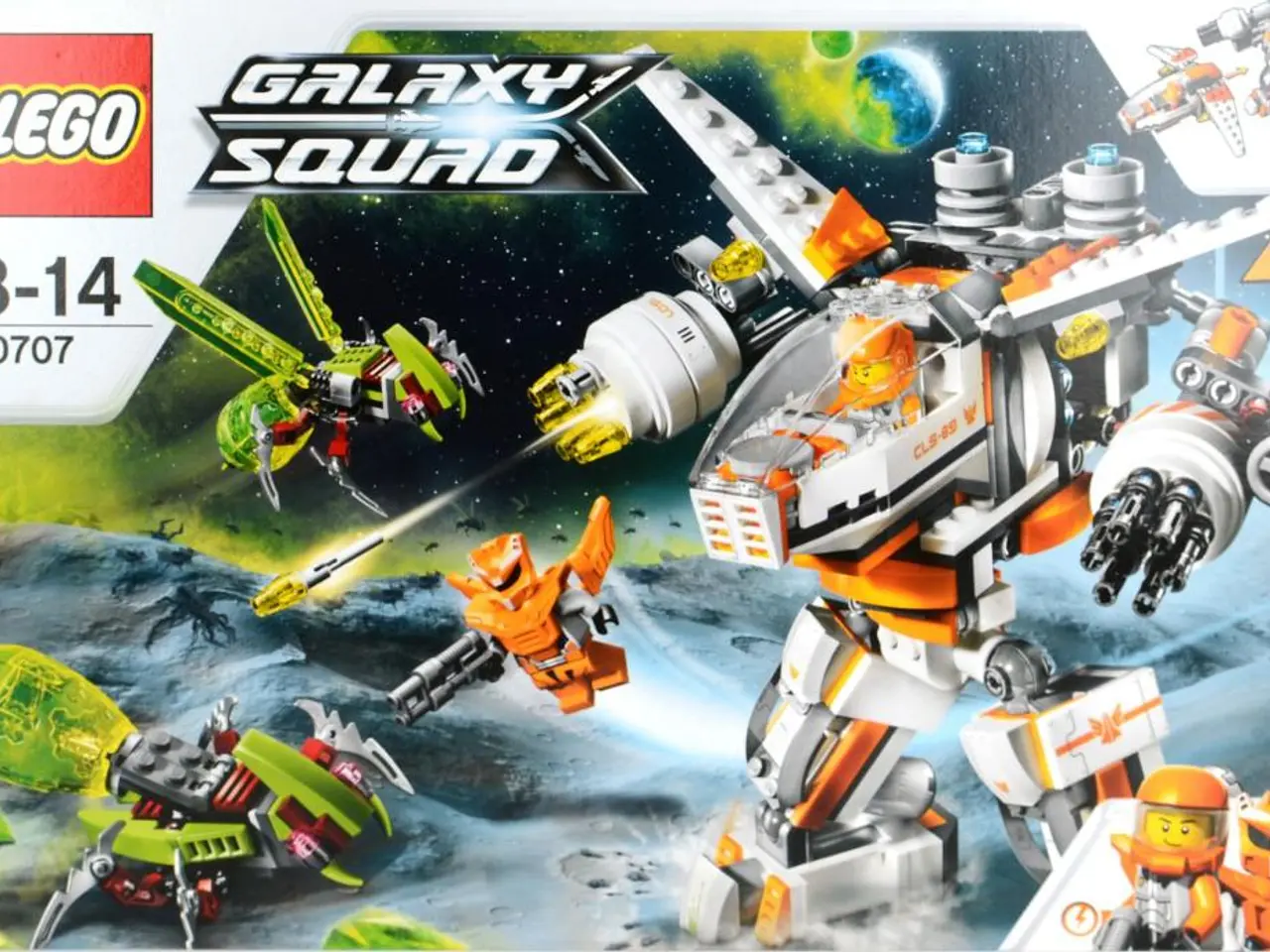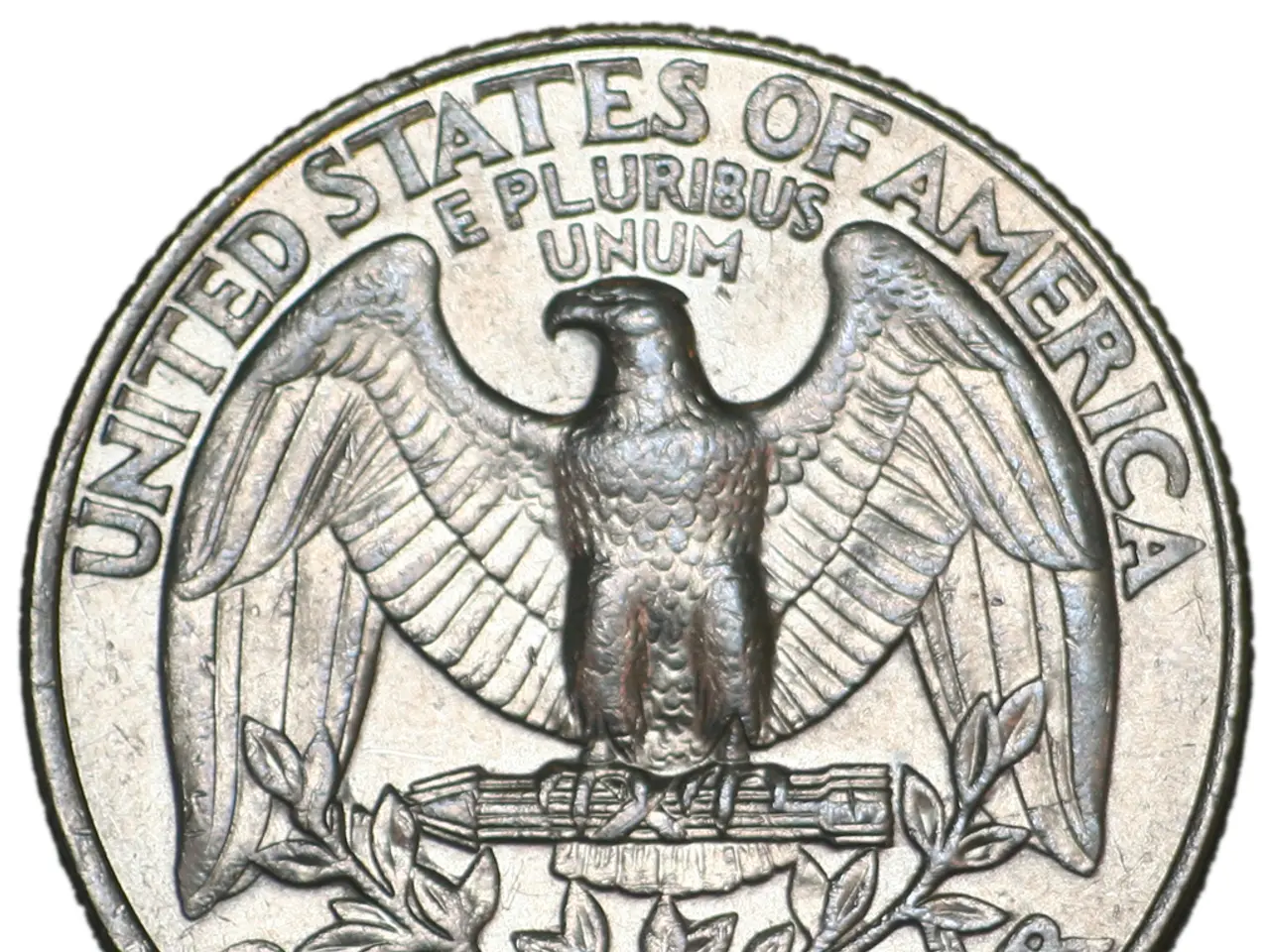Online prices at large retail stores compared to their corresponding online listings are analyzed in the comparison.
Big Box Stores Maintain Consistency in Pricing Across In-Store and Online Channels
In a bid to maintain customer trust and preserve store foot traffic, major retailers like Target, Walmart, and Best Buy are working to keep prices consistent between their physical locations and online stores, according to recent tests and expert analysis.
The most significant change in this regard comes from Target, which has recently updated its price-matching policy. As of July 29, the retail giant will only match its own in-store prices with its online prices, eliminating price matches against competitors like Amazon or Walmart. This move suggests that Target aims for consistency across its own channels.
University of Minnesota supply chain expert Dr. Kingshuk Sinha, who heads up supply chain studies at the Carlson School of Management, has been tracking the price match shift at Target. According to Sinha, retailers maintain consistent pricing to avoid "mixed signals" and preserve store traffic. He reasons that if everything were cheaper online, foot traffic would diminish.
The comparison of prices between stores and their online counterparts shows some differences but are mostly comparable. For instance, at Target, a coffee maker was priced at $129 both in-store and online, while a designer bench that costs $240 in-store had the same price online. At Best Buy, a laptop was $699 in-store and online, but a printer was $50 less online compared to the in-store price. At Walmart, a TV was the same price ($448) in-store and online, but a suitcase was priced slightly lower online, at $90, compared to its in-store price of $99.
It's important to note that while big box retailers aim for pricing consistency, minor differences can happen due to item availability, promotions, or channel-specific strategies. Some retailers also offer price matching or adjustments between in-store and online prices to reassure customers, but policies vary by store and sometimes exclude certain competitors or online-only retailers.
In conclusion, while big box stores are not perfectly uniform in pricing across in-store and online channels, they generally avoid large disparities to maintain customer trust and store foot traffic. This approach is likely to continue as retailers navigate the evolving landscape of e-commerce and brick-and-mortar sales.
[1] Sinha, K. (2021). The Shift in Target's Price-Matching Policy: Implications for Consumers and Retailers. University of Minnesota. [2] Price Comparison Report: Target, Walmart, and Best Buy (2021). Consumer Reports. [3] Price Matching Policies: A Comparative Analysis (2020). National Retail Federation. [4] Littlefield, S. E. (Host). (2021). Sunday Morning Positivity and Empowerment Show. Local Radio Station. [5] Walmart and Target Price Comparison (2021). Price Comparison Website.
- The news of Target's updated price-matching policy, as detailed in Sinha's study (Sinha, 2021), implies that Target aims for financial consistency across its own business channels, indicating a deeper shift in finance and technology strategies.
- As technology continues to permeate the business world, it's essential to monitor the integration of e-commerce and brick-and-mortar sales, as demonstrated by the practice of maintaining pricing consistency across in-store and online channels by major retailers, including Target, Walmart, and Best Buy (Price Comparison Report: Target, Walmart, and Best Buy, 2021).




